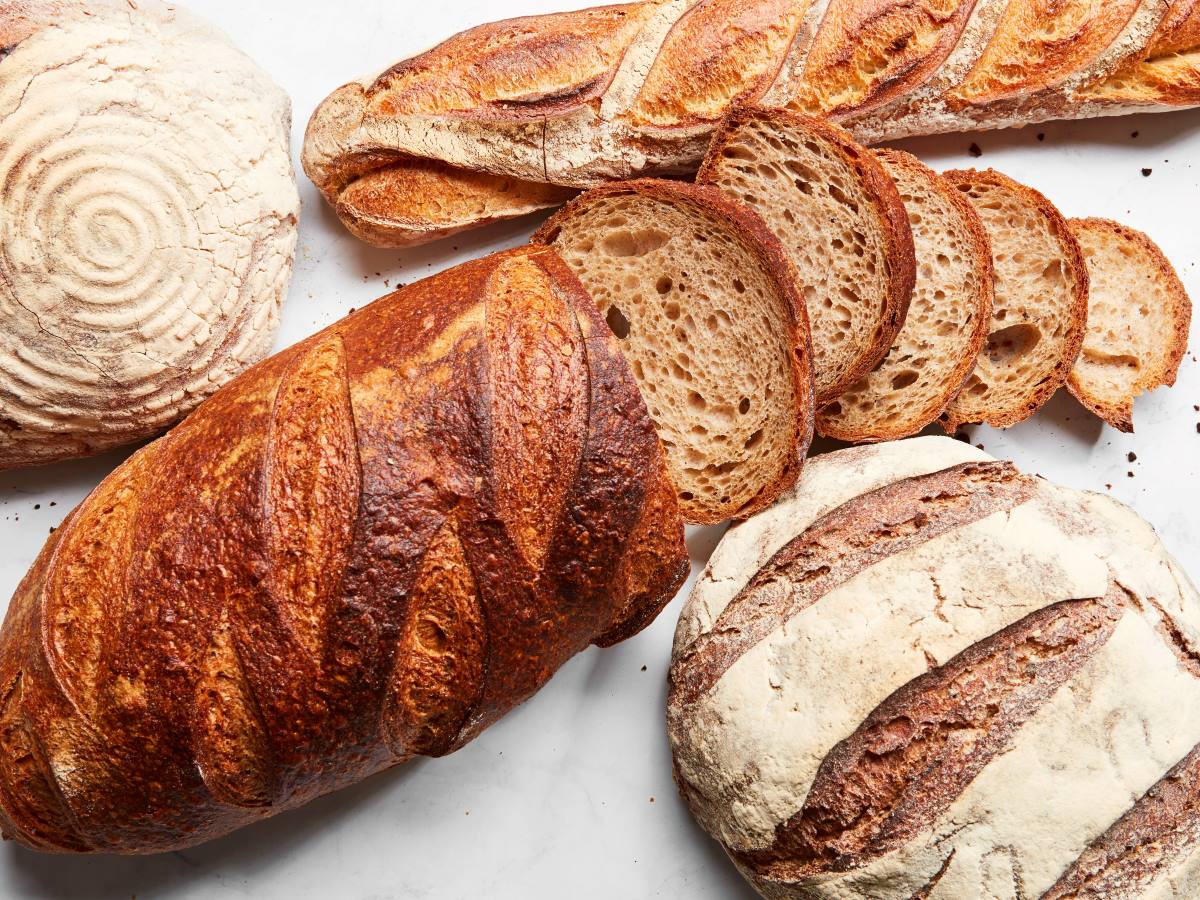

Articles
How To Store Bread After Baking
Modified: February 23, 2024
Learn the best tips and methods for storing bread after baking in this informative article. Keep your bread fresh and delicious for longer periods with these expert techniques.
(Many of the links in this article redirect to a specific reviewed product. Your purchase of these products through affiliate links helps to generate commission for Storables.com, at no extra cost. Learn more)
Introduction
Welcome to the delicious world of freshly baked bread! There is nothing quite like the aroma and taste of a homemade loaf straight out of the oven. But after the excitement of baking your own bread wears off, you may be wondering how to properly store it to maintain its freshness and flavor.
Proper bread storage is essential to preserve its quality and prevent it from going stale or moldy too quickly. By following a few simple tips, you can ensure that your homemade bread remains soft, moist, and delicious for an extended period of time.
In this article, we will explore the best practices for storing bread after baking. We will discuss the importance of proper bread storage, as well as provide you with practical tips to help you keep your bread fresh and tasty.
Key Takeaways:
- Properly storing homemade bread is crucial to maintain its freshness, texture, and flavor. Follow simple tips like cooling completely, wrapping tightly, and avoiding the fridge to enjoy your delicious loaves for longer.
- Freezing sliced bread and reheating stale slices are practical solutions to extend the shelf life and revive the taste and texture of homemade loaves. Experiment with different storage methods to find what works best for you.
Read more: How To Store Muffins After Baking
Why Proper Bread Storage is Important
Proper bread storage is crucial to maintain the freshness, texture, and flavor of your homemade bread. Here are a few reasons why it is important to store your bread correctly:
- Preserving Freshness: Storing bread properly helps to keep it fresh for a longer period of time. By minimizing exposure to air and moisture, you can slow down the staling process and maintain the softness and taste of your bread.
- Preventing Staling: When bread is exposed to air, the moisture inside the loaf evaporates, causing the bread to become stale. Proper storage methods, such as wrapping the bread tightly, can help retain moisture and delay the staling process.
- Avoiding Mold Growth: Bread is prone to mold growth, especially in humid environments. By storing your bread properly, you can reduce the risk of mold development and extend the shelf life of your loaf.
- Maintaining Flavor: Storing bread in the right conditions helps to maintain its flavor profile. Improper storage, such as storing bread in the refrigerator, can lead to the loss of flavor and result in a less enjoyable eating experience.
- Economical Reasons: Properly stored bread lasts longer, reducing the need to constantly bake or purchase new loaves. This can help save money and minimize food waste.
By understanding the importance of proper bread storage, you can ensure that your homemade loaves stay fresh, delicious, and enjoyable for an extended period of time.
Tips for Storing Bread After Baking
Now that you understand the importance of proper bread storage, let’s dive into some practical tips that will help you keep your freshly baked bread in optimal condition:
- Cool Completely: Before storing your bread, make sure it has cooled completely. This allows the moisture inside the bread to distribute evenly, preventing condensation and maintaining its texture.
- Wrap in Plastic Wrap or Foil: To keep your bread fresh, wrap it tightly in plastic wrap or aluminum foil. This helps to prevent air and moisture from reaching the bread, preserving its softness and preventing it from becoming stale.
- Store at Room Temperature: Ideally, store your bread at room temperature. Bread stored in a cool, dry place will stay fresh for longer compared to bread stored in warm or humid environments.
- Avoid Storing in the Fridge: While the refrigerator may seem like a logical place to store bread, it can actually accelerate the staling process. The cold temperature and lack of humidity in the fridge can dry out the bread and make it go stale faster.
- Use a Bread Box or Bread Bag: Investing in a bread box or a bread bag can help maintain the freshness of your loaf. These specialized storage containers provide a controlled environment, keeping air and moisture at bay while allowing the bread to breathe.
- Freeze for Longer Storage: If you don’t plan on consuming your bread within a few days, consider freezing it. Slice the loaf before freezing and wrap each slice individually in plastic wrap. This way, you can thaw only the slices you need, preventing the entire loaf from defrosting and potentially going to waste.
- Reheating Sliced Bread: If you have leftover sliced bread that has gone a little stale, you can revive it by lightly toasting it or reheating it in the oven. This can help bring back some of the freshness and make it enjoyable to eat again.
By following these tips, you can ensure that your homemade bread stays fresh, delicious, and enjoyable for an extended period of time. Experiment with different storage methods to find what works best for you, and enjoy the satisfaction of enjoying your homemade bread at its best!
Cool Completely
One essential step in storing bread after baking is to ensure that it has cooled completely before you wrap or store it. It may be tempting to dig into your freshly baked loaf right away, but allowing it to cool is crucial for optimal storage.
When bread comes out of the oven, the heat causes the moisture inside the loaf to be redistributed. If you cut into the bread while it’s still warm, you risk losing that moisture and ending up with a drier, less flavorful product. Cutting into warm bread can also result in a gummy texture and make it more prone to molding.
Instead, let your bread cool on a wire rack for at least an hour or until it reaches room temperature. This allows the moisture to evenly distribute throughout the loaf, resulting in a better texture and improved flavor.
If you’re in a rush and need to speed up the cooling process, you can place the bread in the refrigerator for a short period. However, be mindful that refrigeration can accelerate staling, so it’s best to let the bread cool naturally whenever possible.
Once the bread has cooled completely, you can move on to the next step of wrapping or storing it. Properly cooled bread will have better structure, flavor, and overall quality, making it more enjoyable to eat and easier to store.
Wrap in Plastic Wrap or Foil
After your bread has cooled completely, the next step is to wrap it tightly in either plastic wrap or aluminum foil. This crucial step helps to preserve the freshness and texture of the bread.
When selecting a wrapping material, consider the following:
- Plastic Wrap: Plastic wrap is a popular choice for wrapping bread as it provides an airtight seal. This helps to prevent air from reaching the bread, which can cause it to dry out and become stale. Make sure to wrap the bread tightly and seal the ends properly to keep it fresh.
- Aluminum Foil: Aluminum foil is another option for wrapping bread. It’s a good choice if you prefer a more breathable option than plastic wrap. Foil can also help retain moisture without creating a completely airtight environment.
Regardless of the wrapping material you choose, ensure that you cover the entire loaf, including the ends. This will prevent any air from entering and keep the bread as fresh as possible.
It’s important to note that once you have wrapped the bread, it’s best to store it seam-side down to prevent any potential air leaks. This will help maintain the integrity of the wrapping and keep the bread in optimal condition.
Remember to label the wrapped bread with the date to keep track of its freshness. Consuming bread within a reasonable timeframe is essential to enjoy it at its best.
By wrapping your bread tightly, you create a barrier against air, preserving the moisture and preventing the bread from staling too quickly. This simple step ensures that your homemade bread stays fresh and delicious for as long as possible.
Read more: How To Store Cornbread After Baking
Store at Room Temperature
When it comes to storing your freshly baked bread, one of the key factors is the temperature at which it is stored. Optimal bread storage requires keeping the loaf at room temperature.
Storing bread at room temperature allows it to maintain its texture, moisture, and flavor for a longer period. The ideal room temperature for bread is around 70°F (21°C).
One advantage of storing bread at room temperature is that it slows down the staling process. At lower temperatures, the starches in bread crystallize faster, resulting in a dryer and tougher texture. On the other hand, higher temperatures can cause bread to mold more quickly.
When choosing a storage location, make sure it is cool, dry, and away from direct sunlight. Avoid placing the bread near appliances that emit heat, such as the stove or microwave, as this can accelerate staling.
If you live in a particularly humid climate, you may need to take additional precautions. In humid conditions, bread is more prone to mold growth. Consider using a bread box or a bread bag with ventilation holes to allow for airflow and prevent moisture buildup.
It’s important to note that storing bread at room temperature is ideal for short-term storage, typically up to about a week. Beyond that, it’s recommended to freeze the bread to prolong its shelf life.
By storing your bread at room temperature, you can maintain its freshness, texture, and taste for longer, ensuring that each slice is just as delicious as the first.
After baking, let the bread cool completely before storing it. Wrap it in a clean cloth or paper bag to allow air circulation and prevent it from becoming soggy. Keep it at room temperature for 2-3 days or freeze for longer storage.
Avoid Storing in the Fridge
While the refrigerator may seem like a logical place to store bread to keep it fresh, it’s actually best to avoid storing bread in the fridge. The cold, dry environment of the refrigerator can have negative effects on the quality and texture of your homemade loaf.
One of the main reasons to avoid refrigerating bread is that it accelerates the staling process. The cold temperature causes the moisture within the bread to migrate to the surface, resulting in a quicker loss of moisture. This can lead to a dry and hard texture, making the bread less enjoyable to eat.
Additionally, the low humidity in the fridge can cause the bread to become stale even faster. The lack of moisture in the air can cause the bread to dry out, resulting in a less appetizing eating experience.
Furthermore, when you store bread in the refrigerator, it can also absorb odors from other foods. This can compromise the flavor of your bread, leaving it with an unpleasant taste.
However, there may be some exceptions to this guideline. If you have a particularly hot and humid climate, refrigerating bread for a short time can help prevent mold growth. But in general, it’s best to avoid refrigeration as a long-term storage solution for bread.
Instead, opt for storing your bread at room temperature in a cool, dry location. This will help maintain its freshness and flavor for a longer period of time.
By avoiding storing bread in the fridge, you can ensure that your homemade loaf stays soft, moist, and delicious, ready to be enjoyed whenever you’re ready to indulge.
Use a Bread Box or Bread Bag
To keep your bread fresh and protect it from external factors, consider using a bread box or a bread bag specifically designed for optimal storage.
A bread box is a container that provides a controlled environment for storing bread. It usually has a lid and ventilation holes to allow air circulation while preventing excess moisture and humidity from reaching the bread. The box helps to maintain the right balance of moisture, keeping the bread soft and preventing it from drying out too quickly.
When using a bread box, place your wrapped loaf or individual slices inside, ensuring they are well covered. The box can be placed on the kitchen counter or in a pantry, providing a convenient and accessible storage solution for your bread. You can find bread boxes in various shapes, sizes, and materials, so choose one that suits your needs and matches your kitchen style.
Alternatively, you can use a bread bag, which is specifically designed for storing bread. These bags are usually made of breathable fabric with a tight closure to keep air and moisture out. The breathable material allows excess moisture to escape, while still protecting the bread from drying out too quickly.
When using a bread bag, make sure to place your wrapped bread inside and seal it tightly to maintain freshness. Bread bags are a great option if you have limited counter space or prefer a more portable storage solution.
Both bread boxes and bread bags are effective in protecting your bread from air, moisture, and other external factors that can accelerate staling and affect its quality. Choose the option that best fits your storage needs and enjoy the benefits of longer-lasting fresh bread.
Freeze for Longer Storage
If you want to extend the shelf life of your homemade bread beyond a few days, freezing is a great option. Freezing bread allows you to store it for an extended period without sacrificing its flavor or texture.
Here’s how you can freeze your bread effectively:
- Begin by slicing your bread. Slicing the loaf before freezing makes it easier to thaw and use individual slices as needed, without having to defrost the entire loaf.
- Wrap each slice or the whole loaf tightly in plastic wrap or aluminum foil to prevent freezer burn and to maintain moisture.
- Place the wrapped bread in a zip-top freezer bag or an airtight container for added protection from freezer odors and to prevent any potential moisture loss.
- Remember to label the bag or container with the date so you can keep track of the freshness.
- Place the bread in the freezer, ideally in a spot where it won’t be crushed or damaged by other freezer items.
When you’re ready to enjoy your frozen bread, simply remove the desired number of slices or the entire loaf from the freezer. Allow them to thaw at room temperature for a few hours or pop them in the toaster or oven for a warm and crispy slice.
It’s important to note that while frozen bread can be kept for several months, it’s best to consume it within 2-3 months for optimal taste and texture. The longer bread is stored in the freezer, the more it may impact its quality.
Freezing bread is a convenient and practical way to extend the life of your homemade loaf. It allows you to have freshly baked bread on hand whenever you desire, without worrying about waste or degradation in flavor.
Read more: How To Store Scones After Baking
Reheating Sliced Bread
If you have leftover sliced bread that has become slightly stale or dry, there’s no need to worry. You can easily revive it by reheating the slices, bringing back their softness and warmth.
Here are a few methods to reheat sliced bread:
- Toast: Toasting is a simple and effective way to revive sliced bread. Place the stale slices in a toaster or toaster oven and toast them until they are warm and crispy. This method helps to restore some of the moisture and adds a delightful crunch to the bread.
- Oven: If you have a larger quantity of bread or prefer a softer texture, you can use the oven to reheat the slices. Preheat the oven to a low temperature, around 300°F (150°C). Wrap the slices in aluminum foil and place them on a baking sheet. Heat them in the oven for about 10 minutes or until they are warmed through.
- Steam: For a quick and moist reheating method, try steaming the slices. Boil some water in a pot or kettle. Place the slices on a plate or steaming basket and hold them over the steam for a few seconds. This method helps to rehydrate the bread, making it soft and fresh again.
After reheating your sliced bread, allow it to cool slightly before enjoying it. The reheating process infuses the bread with warmth and moisture, rejuvenating its taste and texture.
Keep in mind that while reheating can help revive slightly stale bread, it’s best to consume it within a day or two for the best eating experience. Reheating is a fantastic way to bring your homemade bread back to life and enjoy it as if it was freshly baked.
Conclusion
Proper bread storage is essential for preserving the freshness, texture, and flavor of your homemade loaves. By following the tips outlined in this article, you can ensure that your bread remains soft, moist, and delicious for an extended period of time.
Remember to cool your bread completely before wrapping it tightly in either plastic wrap or foil. This step helps to retain moisture and prevent the bread from becoming stale too quickly. Avoid storing bread in the fridge, as the cold and dry environment can accelerate staling and compromise its quality.
Utilize a bread box or bread bag to create an optimal storage environment that allows the bread to breathe while protecting it from air and moisture. If you need to store your bread for a longer period, freezing is an excellent option. Just make sure to slice the loaf before freezing for convenience.
If you have leftover sliced bread that has gone slightly stale, you can easily revive it by toasting, using the oven, or steaming. These methods help to restore moisture and bring back the freshness to the slices.
By implementing these practices, you can prolong the shelf life of your homemade bread and enjoy its delightful flavors for as long as possible. So go ahead, bake to your heart’s content, and savor each slice of your delicious homemade bread!
Frequently Asked Questions about How To Store Bread After Baking
Was this page helpful?
At Storables.com, we guarantee accurate and reliable information. Our content, validated by Expert Board Contributors, is crafted following stringent Editorial Policies. We're committed to providing you with well-researched, expert-backed insights for all your informational needs.
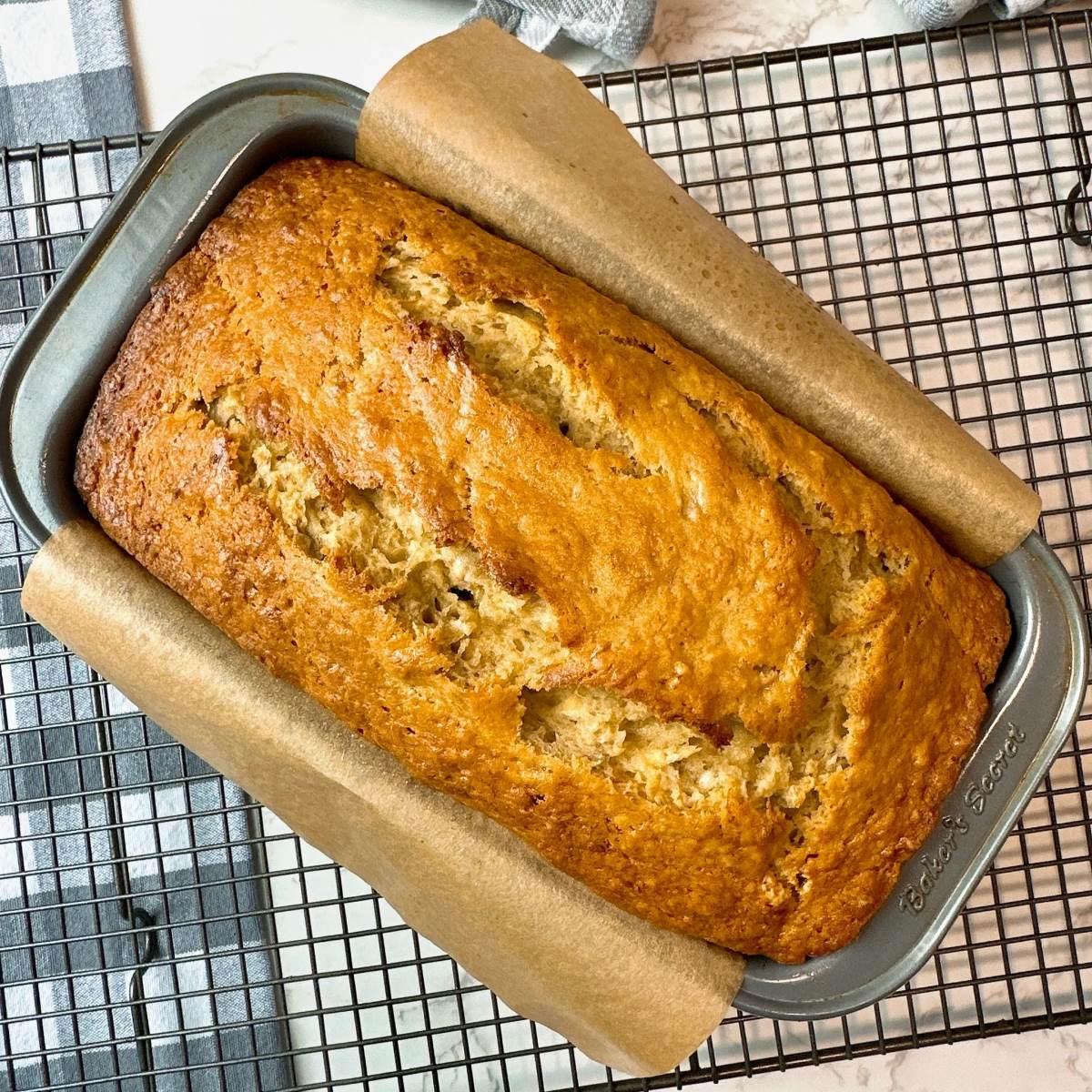
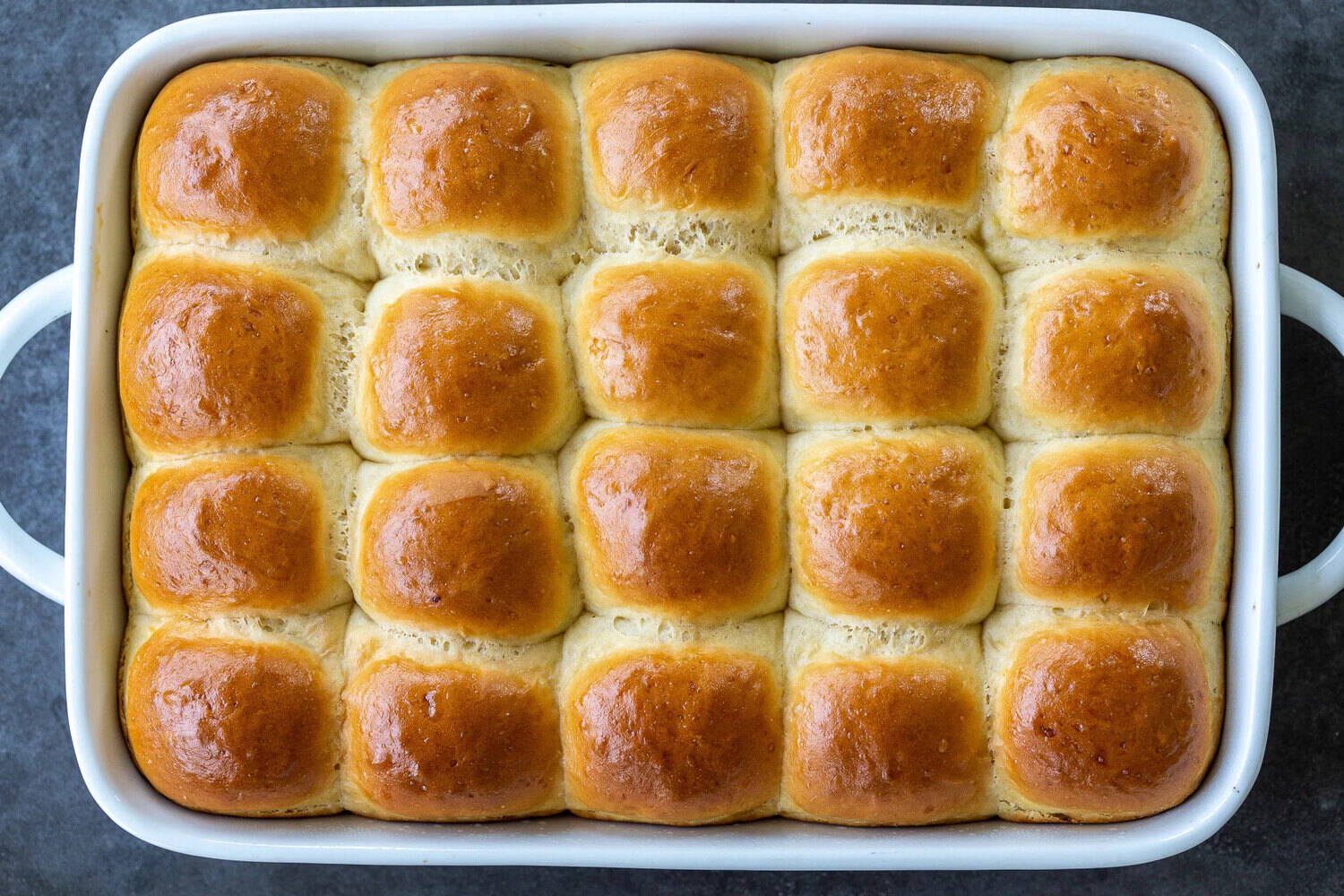
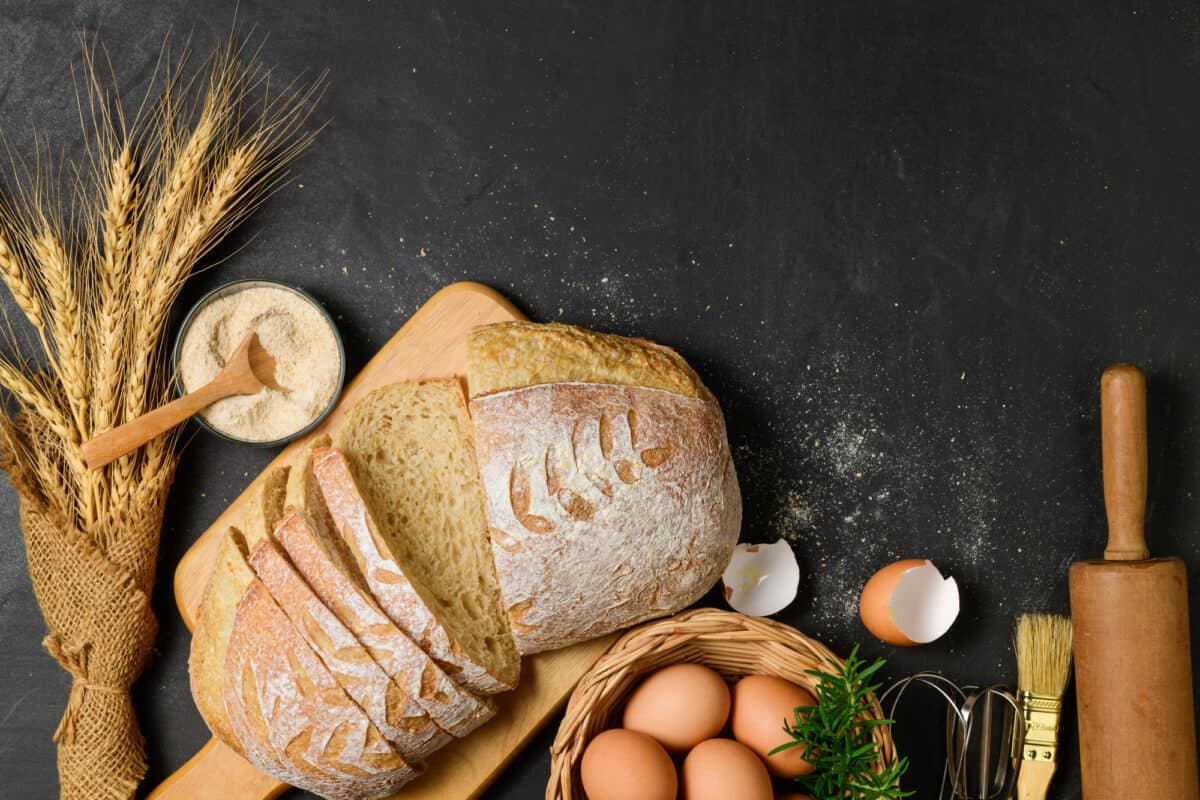
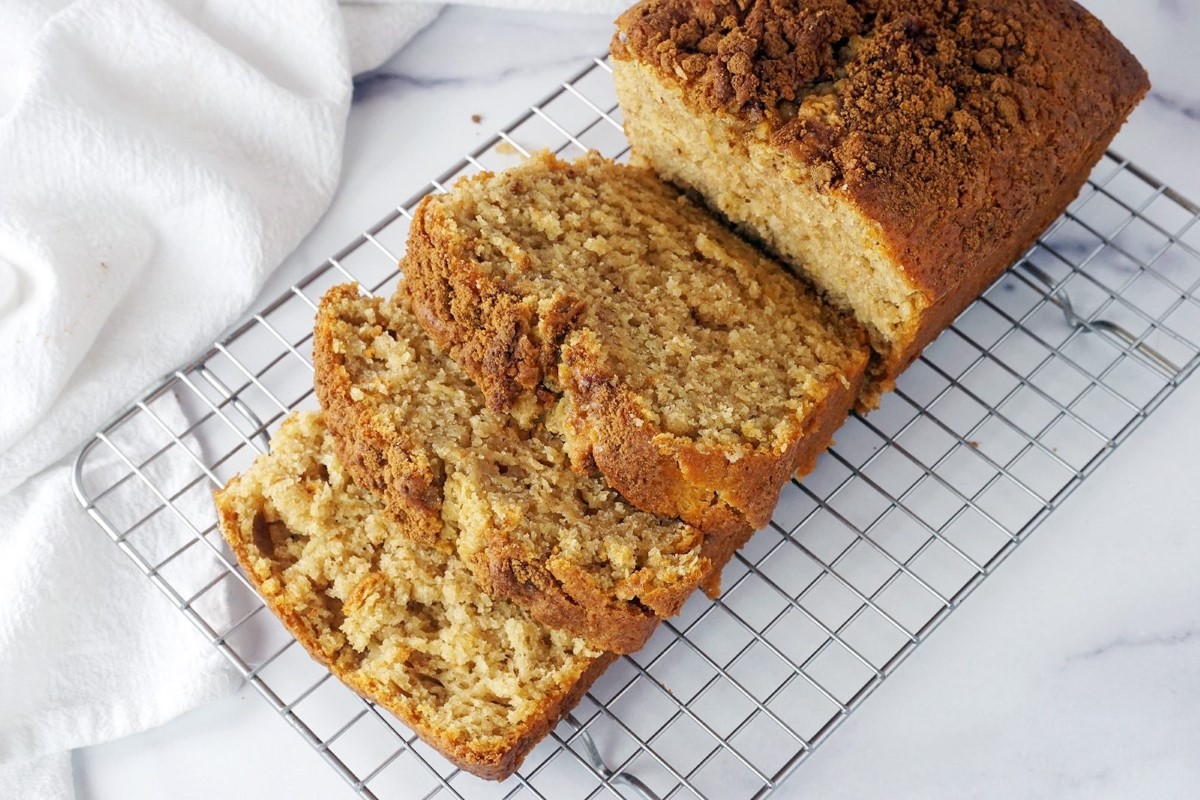
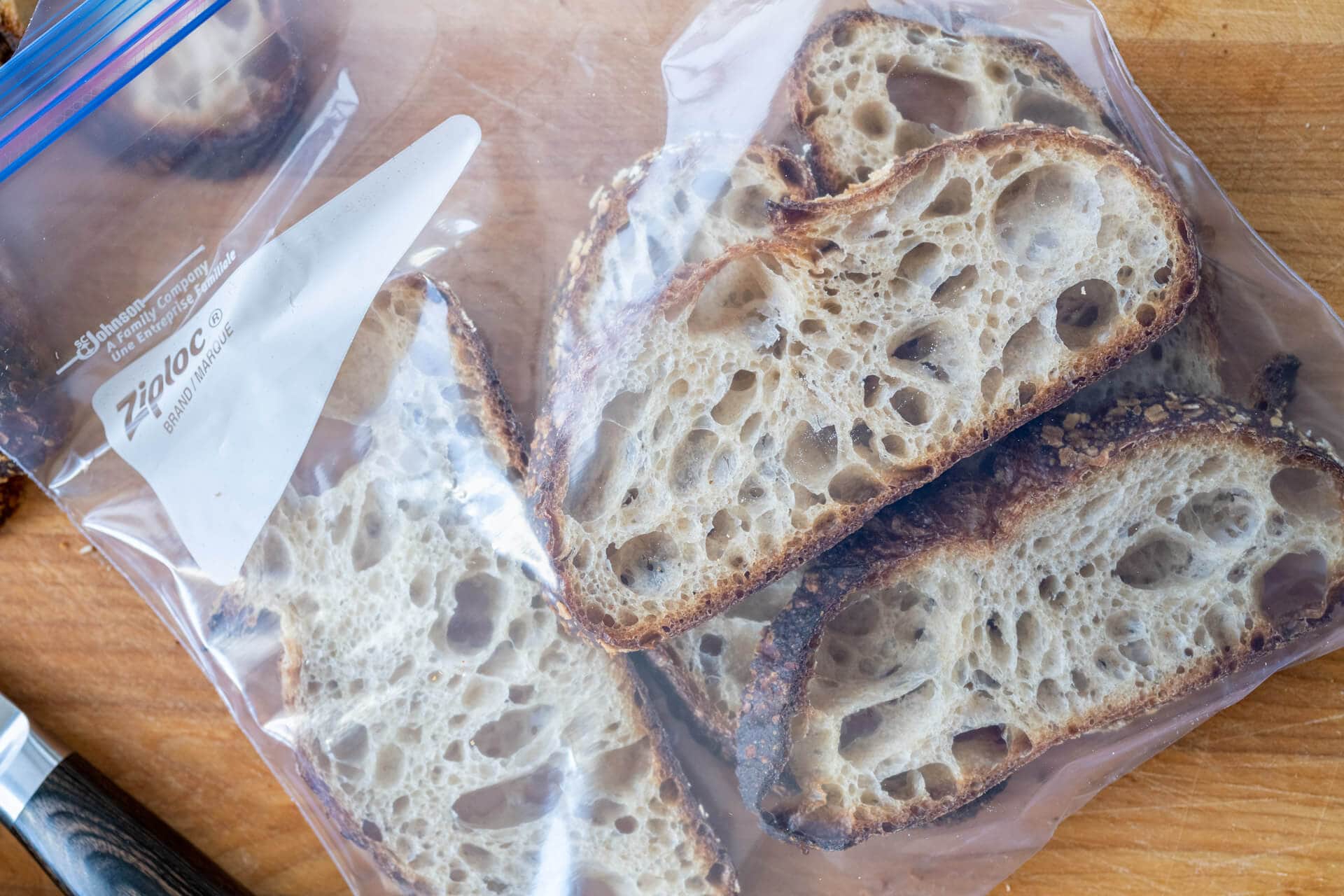

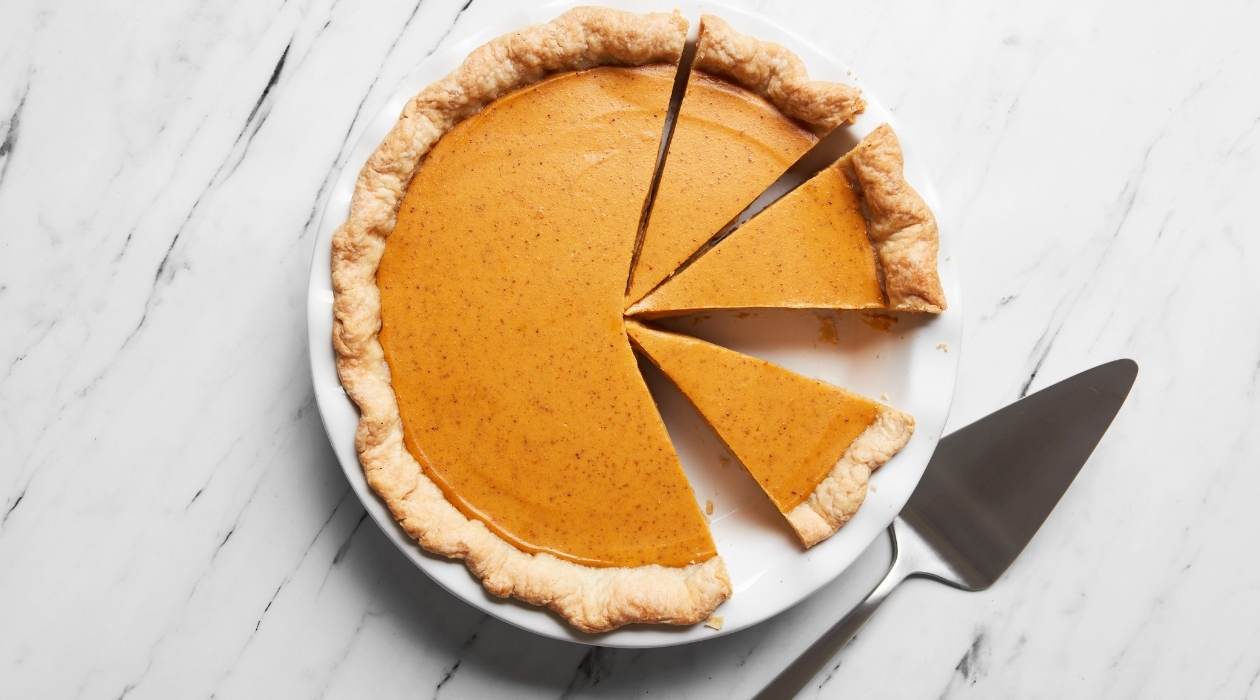
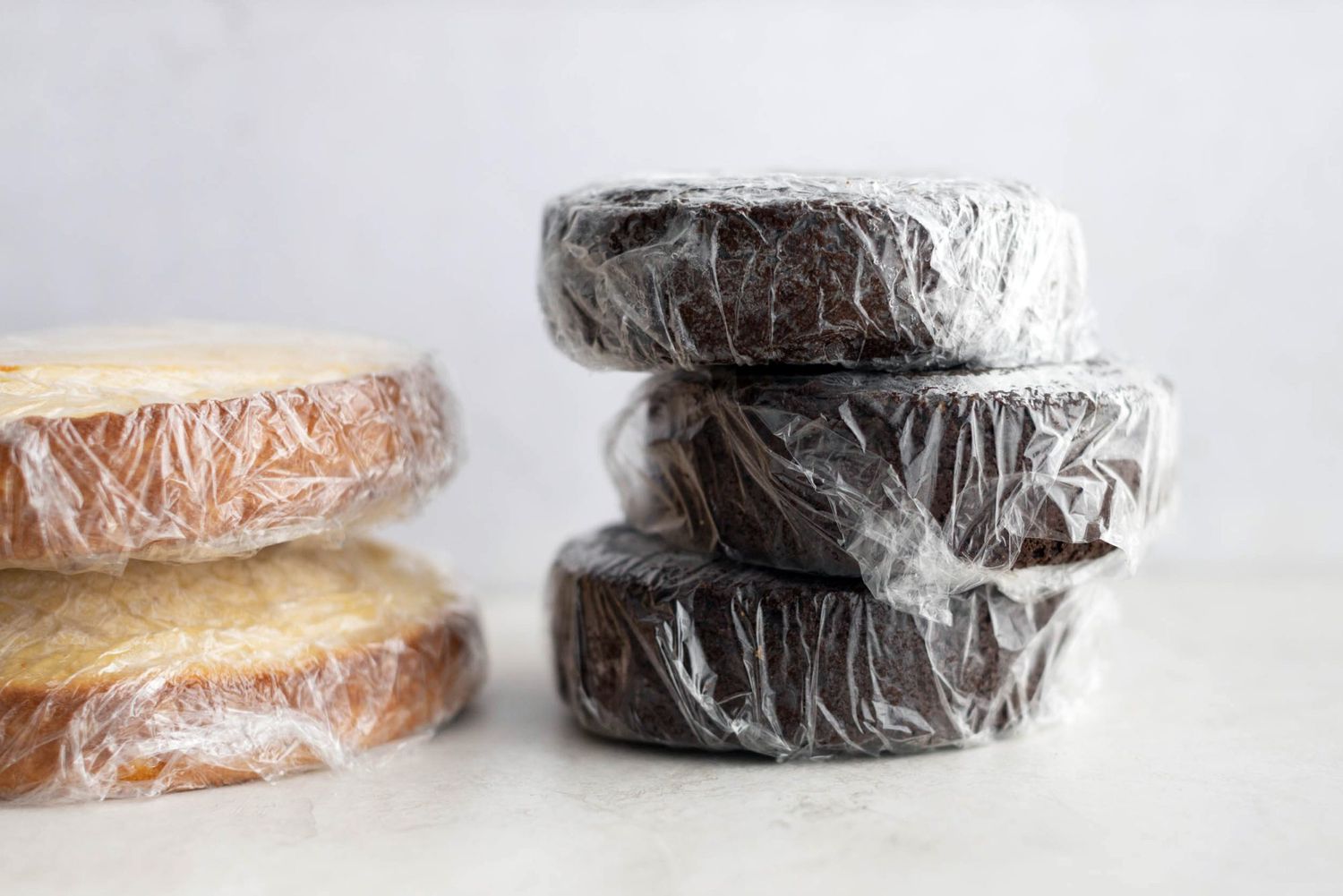

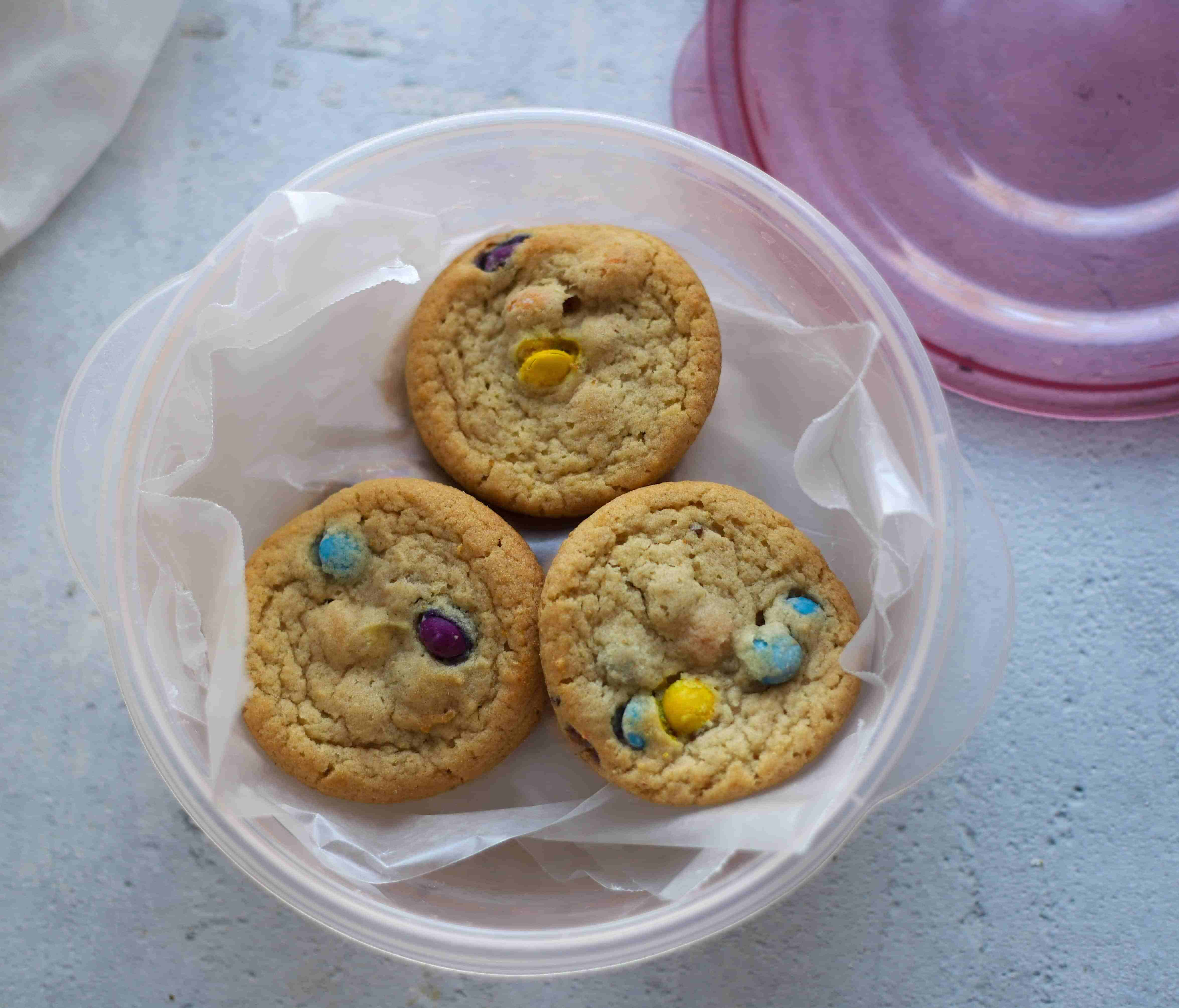
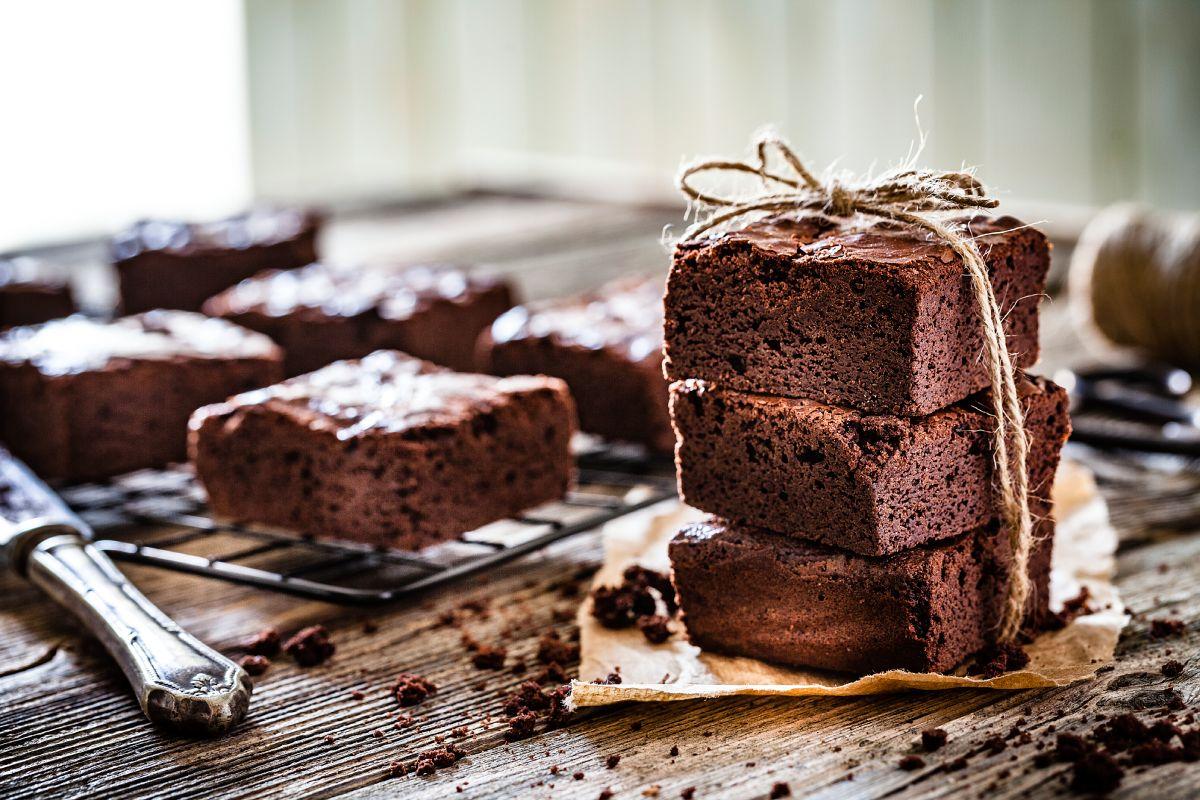
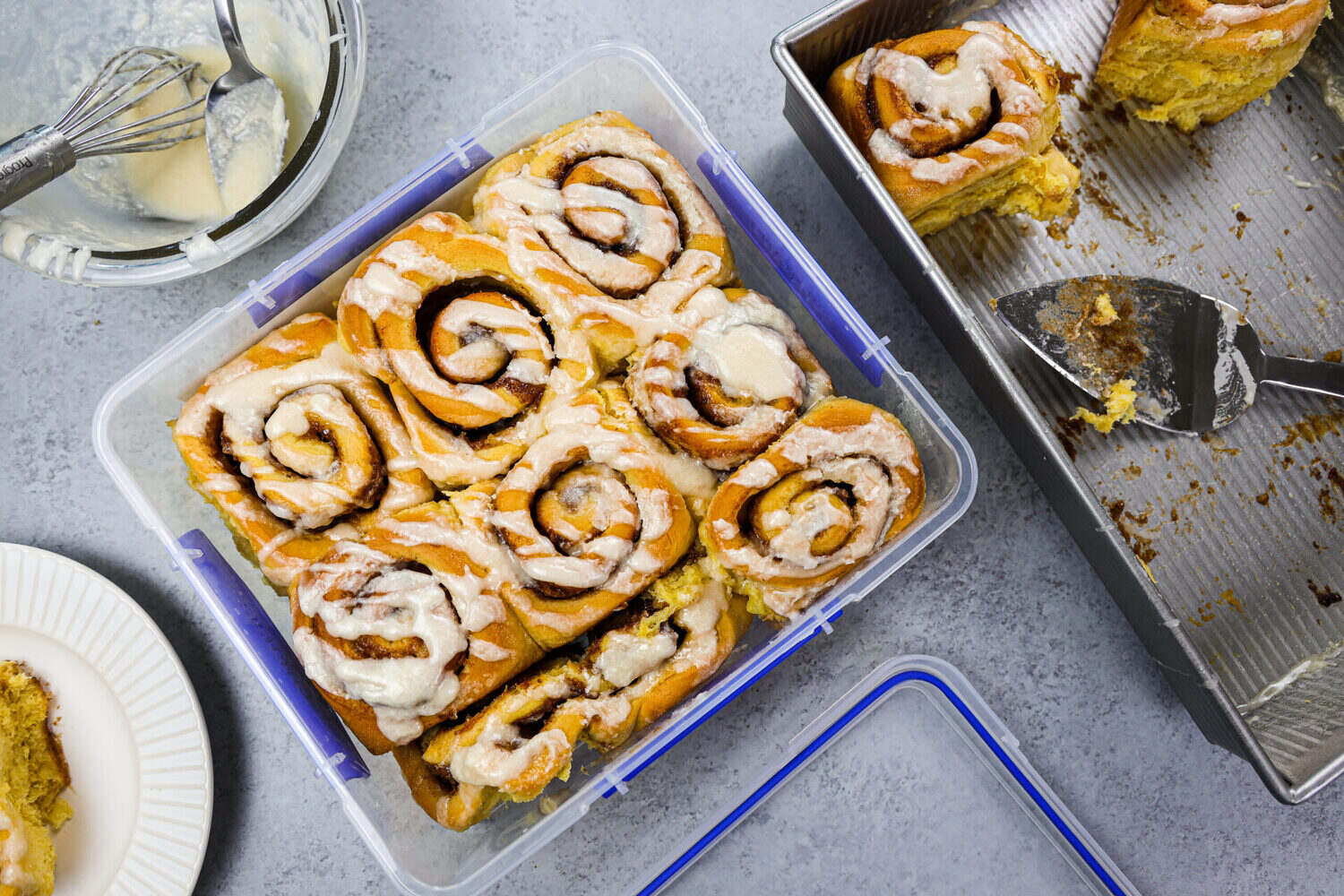
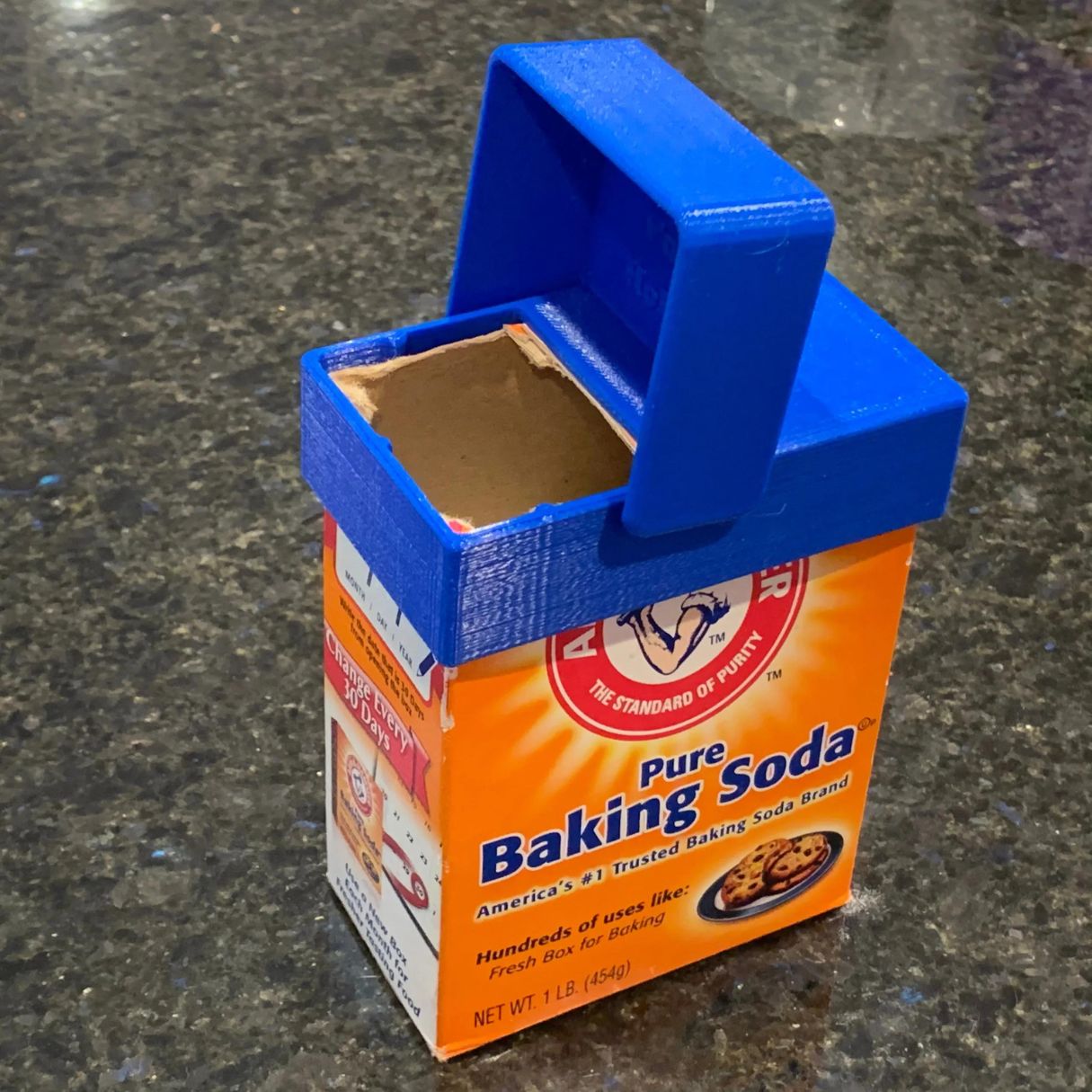

0 thoughts on “How To Store Bread After Baking”